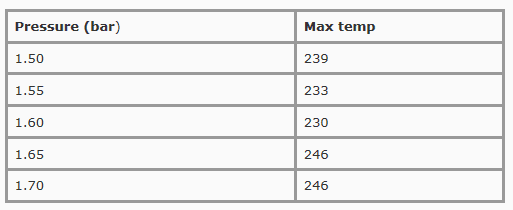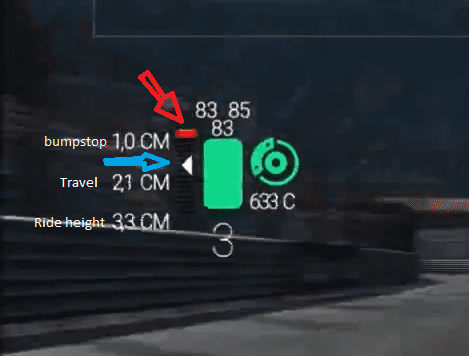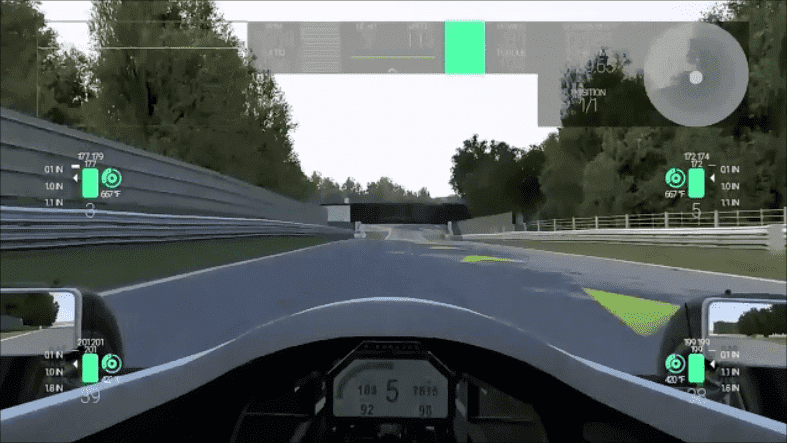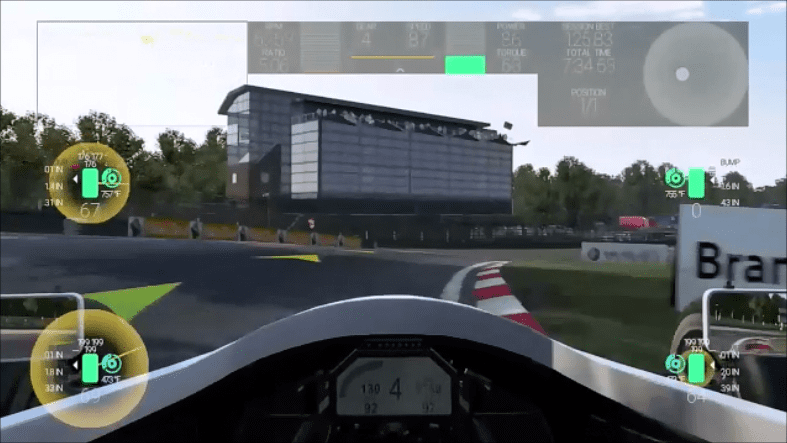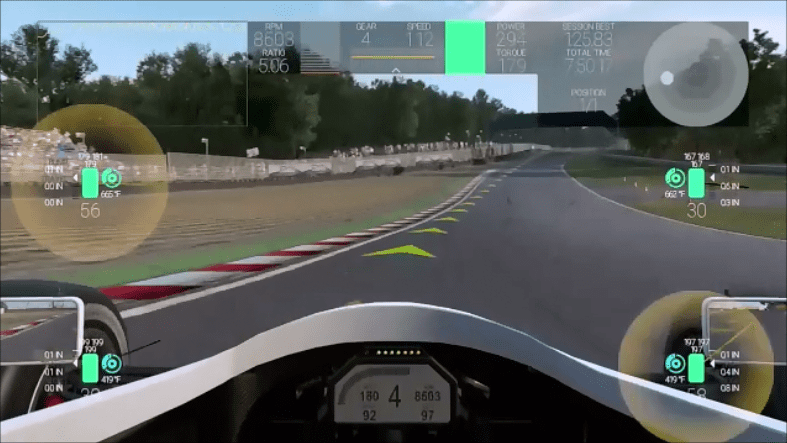Hi all, it's good to see there are other people looking to analyse the telemetry - I didn't get much interest in something similar on the official PC forum. I've done a load of research into the telemetry etc. I'll stick my findings here.
Tyre temperature vs. tyre pressure
For this testing a basically played with tyre pressure and noted how it affected the maximum temperature of the tyre once up to temperature.
Starting at the minimum pressure your tyre gets very hot. Then as you add pressure the max temperature reached slowly goes down until you get to a "critical pressure". Further increasing tyre pressure past this point causes the max temperature reached to go up again, and at a higher rate than an underinflated tyre, i.e. a small increase in pressure results in a big increase in temperature.
I'm not sure how this relates to grip, but I assume an overheated tyre produces less grip. So if you have a tyre that is overheating the first thing to try is to drop the pressure a small amount and see if it makes things worse or better.
As an aside, there seems to be a train of though that you should be trying to get your tyre temperatures equal left to right on the car. IMHO this is wrong. If you are driving around a clockwise circuit the left hand tyres are going to get worked harder, and therefore are going to get hotter, than the right hand tyres. If that doesn't happen then something is very wrong with the tune! Instead we should be aiming to get even tyre PRESSURES left to right so that the car handles the same in left hand corners as it does in right hand corners. We can't see tyre pressure in the telemetry right now though.
Suspension
The blue arrow points at a white marker - this marker moves with the suspension but I'm not sure it's useful for much. The red arrow points at a little red block that appears when your bodywork hits the road. It apparently also appears if you hit the bumpstops but I haven't been able to confirm this myself.
"Ride height" is obvious, its how high the car is running from the track. You can still hit bodywork on the track even if this never reaches 0.0.
"Travel" shows how much suspension travel is left before you hit the bump-stops. If you make the bump-stops bigger this number goes down as the bump stop uses up some of the available travel.
"Bumpstop" is the length of the bumpstop. If you make the bumpstop bigger this number increases (duh!). Unfortunately as far as I can tell this number doesn't change as the bumpstop compresses so it's impossible to see when you have truly run out of suspension travel (i.e. when you've compressed the bumpstop and hit the hard limit of suspension travel.
Pressure and Camber vs. tyre temperature distribution
What we expect to see: As tyre pressure goes up, the middle tyre temperature should increase compared to the average of the inner and outer temperatures, and vice versa.
What actually happens: Tyre pressure has absolutely no bearing whatsoever on the middle temperature.
What we expect to see: Adding more negative camber should make the inside of the tyre hotter and the outside cooler. Running at 0.0 camber should overheat the outer of the tyre considerably.
What actually happens: The difference between 0.0 camber and maximum negative camber is there but very slight (i.e. it only makes a degree or two difference). The inside of the tyre will always be hotter even if you run 0.0 camber.
I also noted another odd occurrence...normally on a clockwise circuit the amount by which the inside of the tyre is hotter than the outside is MORE on the inside wheels (right hand tyres) than on the outside wheels (left hand tyres). But that doesn't happen in Project Cars - in fact we get the opposite. This is something you will see in every other sim out there.
For example, try taking the Clio around Donington (clockwise). The right hand tyre temperatures will be even across the tyre, whereas the left hand tyre temperatures will be hotter on the inside than the outside.
In conclusion - right now you cannot use tyre temperature telemetry to tune camber.
________________________________________________
Hope that's useful. There's lots of good info in this thread. Hopefully we can find out some more if we work together.



 engine temp should not exceed 100C for longer races, both for water and oil.
engine temp should not exceed 100C for longer races, both for water and oil.
